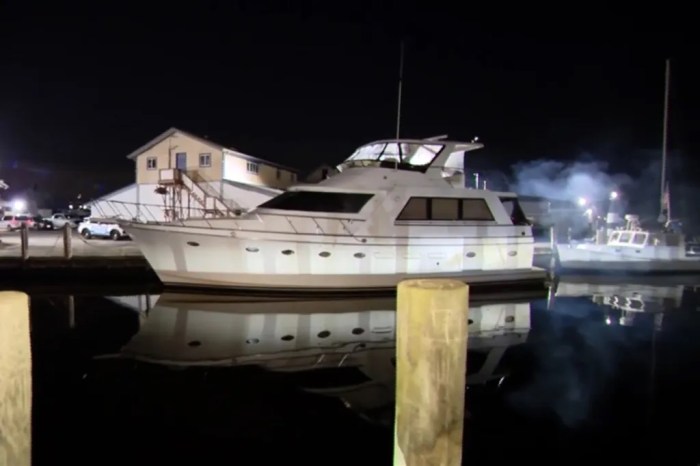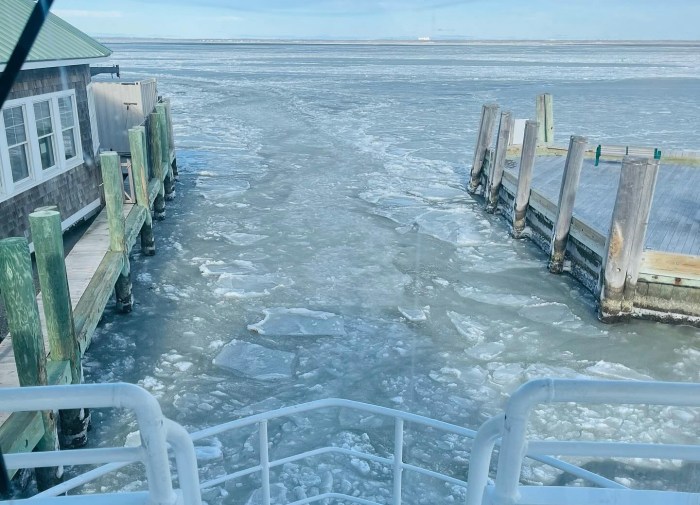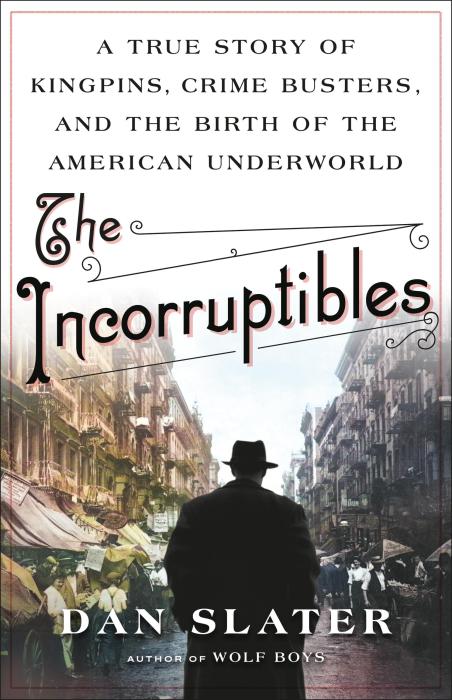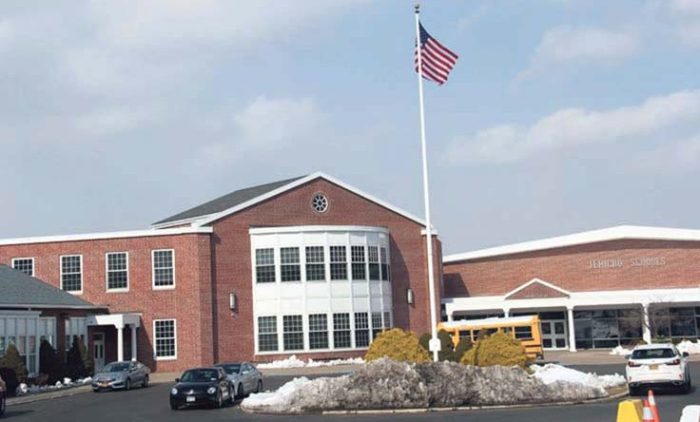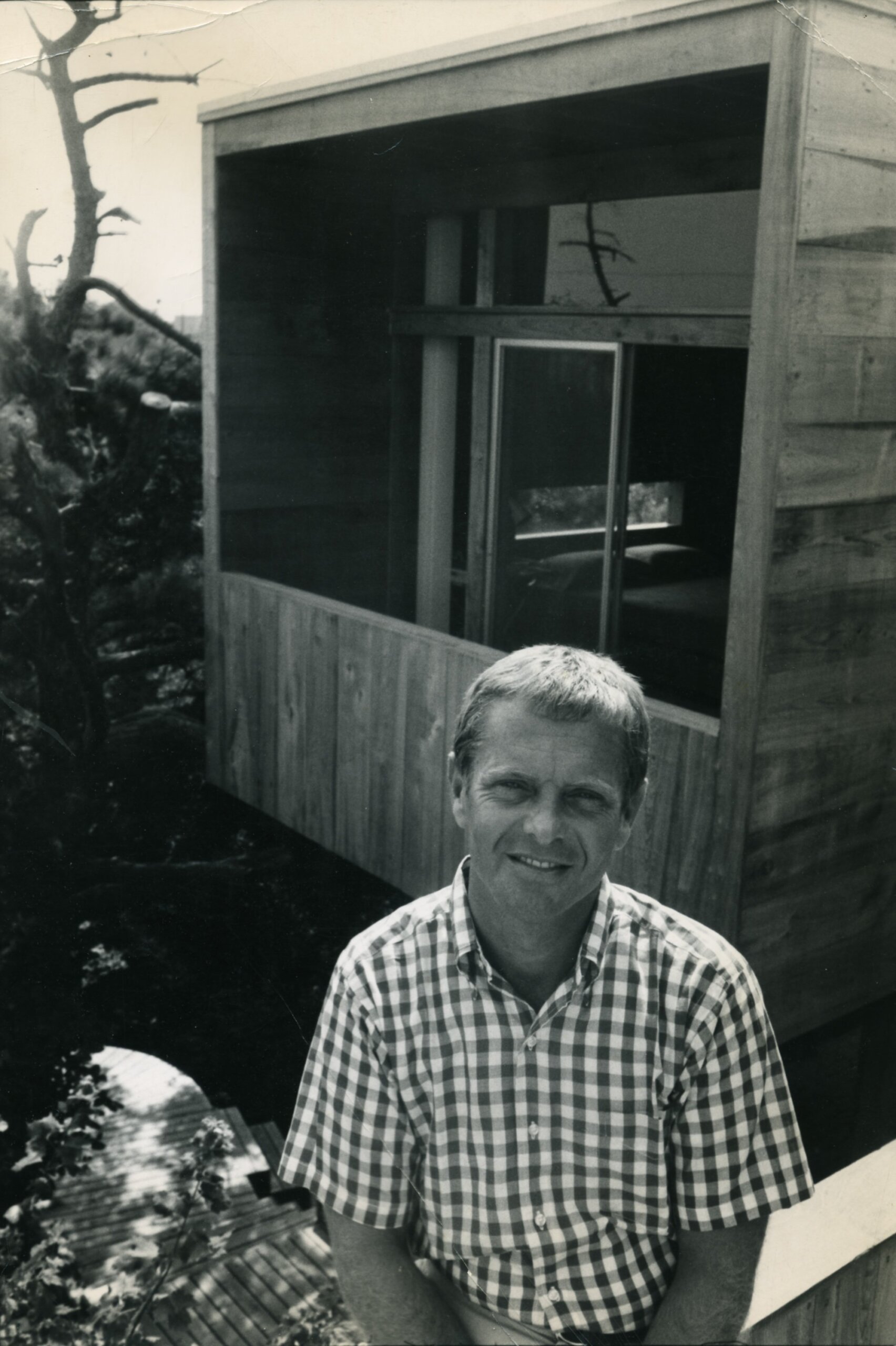
Harry Bates, 1970. (Photo: Bates Masi + Architects)
FIRE ISLAND HAS LOST an architectural pioneer. Harry Bates died in November at the age of 95. Throughout the 1960s, Bates authored serene, modernist beach houses across the island that were perfectly suited to this lightly settled, utopian dunescape. His houses were compact
in plan, yet expansive in their connection to the outdoors, and wrapped in rough-hewn, naturally weathering wood inside and out. They offered a relaxed and sensual ambience that resonated with weekenders attired in nothing more than a bikini and Bain de Soleil. Harry arrived in Fire Island Pines in 1961, building himself a 600 square foot cypress cottage. This was the same year that his contemporary, Horace Gifford, built his own cottage a short walk away. Thus began a friendly rivalry that spawned dozens of innovative homes, each more ambitious than the last.
Harry’s career as a designer of vacation homes came about by accident. The Florida native cut his teeth working with preeminent design firm Skidmore Owings and Merrill, primarily on sleek office towers. Beach house commissions were a side hustle, but as he told Fred Bernstein in a 2021 interview, “The moonlighting got so busy that it took over the daylighting.” He made it official in 1965, establishing Bates Architects.
Commissions began shifting to the Hamptons, though, and Harry left Fire Island around 1970. In 1980, he relocated the firm from Manhattan to Water Mill. But the Reagan era was a tough time for modernists, as arriviste mansions carpet-bombed the former potato fields of the Hamptons. This was anathema for an architect – and a personally modest man- who felt that “houses don’t need a lot of decoration. It’s all out the window … especially out here where it’s so extraordinarily beautiful.” He stuck to his principles and kept a low profile.
Then two fortuitous events occurred in the late 1990s. A renewed appreciation for mid-century modernism emerged, and a young intern named Paul Masi applied for a summer job at Bates Architects.
The chemistry between the seasoned architect and his eager pupil was instant, and the two forged a new body of work on the foundations of Harry’s formative projects. In an era that demands more creature comforts and year-round functionality, the houses of Bates Masi + Architects certainly deliver. But their limited palettes and deft siting reveal an admirable restraint. Volumes burrow, fragment, and cluster across the landscape, looking smaller than their actual size while evoking their agricultural forebears. Naturally weathering wood is still ever-present, the early ruggedness giving way to gorgeous craft. Their projects regularly receive design awards.
Harry proved that modernism is not just a spent force from another era. And his late-career renaissance marks one of the great second acts in architecture.
Christopher Rawlins is an architect and the author of “Fire island Modernist: Horace Gifford and the Architecture of Seduction,” the founder of Pines Modern, and the founder of Rawlins Design, a residential design practice.
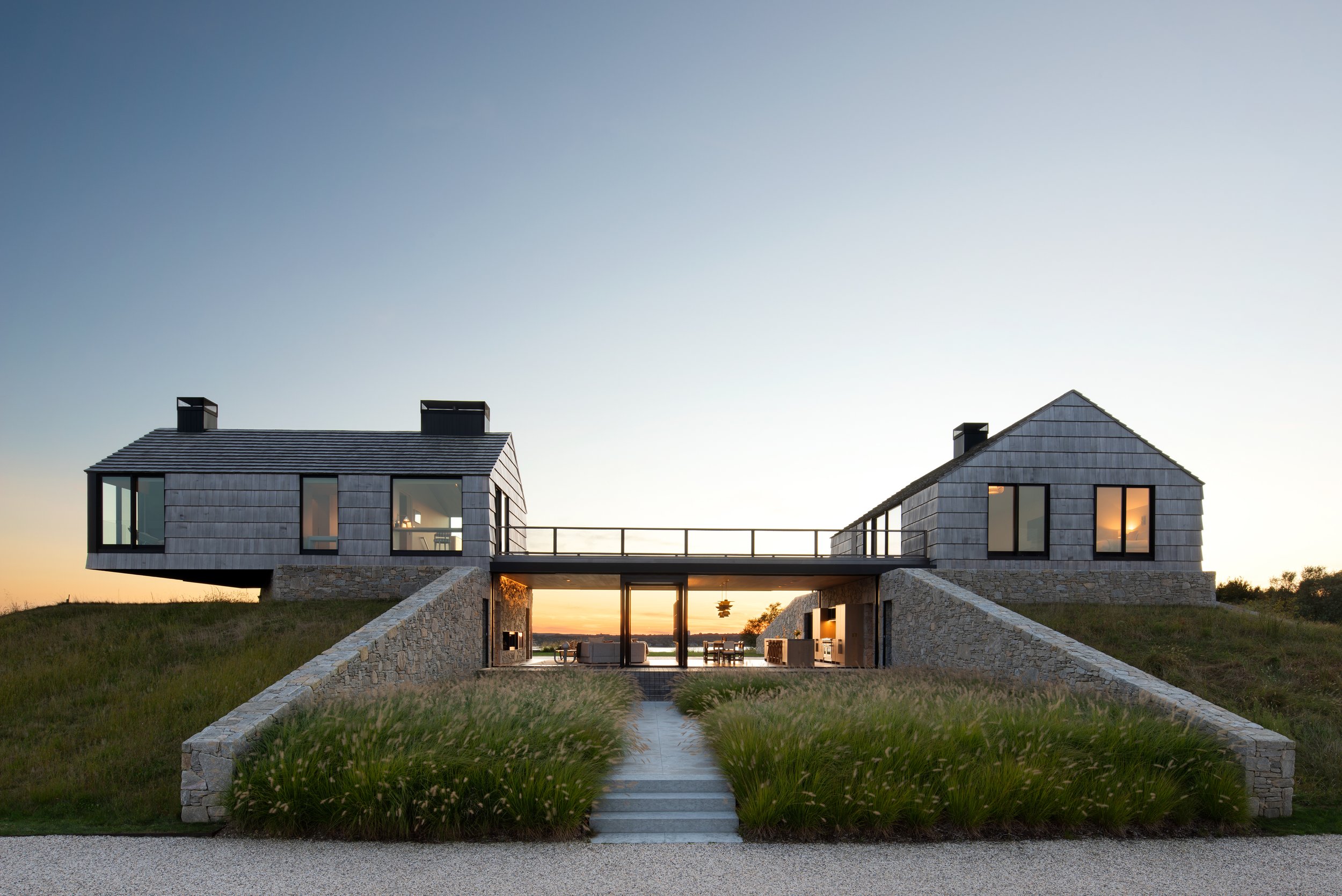
Bates Masi + Architects, Signal Hill House.
Volumes burrow, fragment, and cluster across the landscape, looking smaller than their actual size while evoking their agricultural forebears. (Photo: Bates Masi + Architects)



